Maintaining your turntable is crucial for preserving the vinyl sound quality and enhancing your listening experience. Regular maintenance ensures that each component of the turntable functions optimally, preventing damage to both the stylus and the vinyl records themselves. Over time, dust, dirt, and regular wear and tear can degrade the components of your turntable, leading to a loss of sound quality and potential damage to your valuable record collection. By adhering to turntable maintenance tips, you can maintain the pristine condition of your vinyl and enjoy high-quality audio performance consistently.

Setting Up Your Turntable for Optimal Sound
Choosing a Stable, Level Surface
The initial step in how to set up a turntable effectively involves selecting an appropriate surface. Stability is key to avoiding unwanted vibrations that can impact sound quality. A stable, level surface reduces the risk of skipping and minimizes vibration transmission from the floor and surrounding environment. Consider using a dedicated turntable stand or an isolated shelf to further dampen vibrations.
Adjusting Tracking Force
Proper adjustment of the tracking force is essential to balance the tonearm correctly and avoid excessive wear on your vinyl records. This setting controls how much weight is placed on the record by the stylus and needs to be precise to prevent turntable wear and distortion in sound. Most turntables come with a recommended tracking force setting, which should be adhered to using a tracking force gauge. This small investment can lead to a noticeable improvement in sound preservation and longevity of your record collection.
Setting Anti-Skate
Incorrect anti-skate settings can lead to uneven stylus wear and degraded audio quality. To set it right, start by setting the anti-skate value to the same as the tracking force. Listening tests or specific calibration records can help fine-tune this setting, ensuring that your stylus exerts balanced pressure across the entire surface of the record.
Grounding Your Turntable
Grounding your turntable is a fundamental step in vinyl record player installation that can significantly reduce the hum or buzz in your audio output. Most turntables have a separate grounding wire that connects to your preamp or receiver. Ensuring this connection is secure can prevent electrical interference from affecting your listening experience. This simple yet effective step helps maintain clear, high-quality sound by stabilizing the electrical currents flowing through your turntable setup.
Cleaning Essentials for Turntables and Records
Using Carbon Fiber Brushes
To maintain optimal audio quality, using carbon fiber brushes is a recommended practice for removing surface dust from vinyl records before and after each play. These brushes are designed to gently lift dust particles from the grooves without scratching the vinyl. Sweeping the brush across the record while it spins on the turntable helps ensure that the grooves remain clear, enhancing sound clarity and preventing the buildup of debris that can degrade performance and cause wear over time. Regular use of a carbon fiber brush is a simple yet effective method for preserving both the condition and the sound quality of your vinyl collection.
Stylus Cleaners
Keeping the stylus clean is paramount for achieving the best sound from your vinyl accessories. A dirty stylus can transfer grime back into the grooves of your records, compromising sound quality and potentially causing damage. Specialized stylus cleaning kits are available that typically include a soft brush and a cleaning solution. These tools allow for careful removal of accumulated dust, oils, and other contaminants. Clean the stylus gently after several hours of play to ensure that it remains precise and minimizes wear on your records.
Proper Techniques for Cleaning the Turntable Surface
Use a soft, dry microfiber cloth to wipe down the turntable platter, the base, and other exposed parts. Avoid using harsh chemicals or abrasive materials that can damage the finish or mechanical tools for vinyl care. If liquids are necessary for cleaning stubborn stains, apply a mild, alcohol-free cleaner to the cloth, not directly onto the turntable components. A careful approach helps maintain the aesthetic and functional integrity of your equipment.
Tips for Reducing Static Buildup on Vinyl
Static electricity can be a significant nuisance for vinyl enthusiasts, as it attracts dust and can cause unwanted pops and crackles during playback. Here’s how you can effectively reduce static buildup on your vinyl records:
- Use an Anti-Static Record Mat: The best turntables for vinyl come equipped with felt mats, which, while soft on vinyl, tend to hold static. Switching to an anti-static mat, such as one made from cork or carbon fiber, helps dissipate static charges as records spin. These mats create a buffer between the vinyl and the turntable’s platter, reducing friction and, subsequently, static. Furthermore, anti-static mats often offer added benefits like improved grip and sound isolation, enhancing audio clarity.
- Anti-Static Record Sleeves: Traditional paper or cardboard sleeves can actually increase static as the records slide in and out, causing dust particles to cling to the surface. Anti-static sleeves, typically made from high-density polyethylene (HDPE), are designed to reduce friction and prevent static buildup. They offer a smooth, non-abrasive surface that is gentle on the vinyl, preserving its quality while keeping static at bay. Investing in quality anti-static sleeves will not only reduce static but also help extend the life of your records.
- Wet Cleaning Your Records: Dry brushing is a standard practice for many vinyl enthusiasts, but occasionally, performing a wet cleaning offers additional benefits. Wet cleaning removes deep-seated dirt and grime and helps neutralize static on the record’s surface. Using a dedicated vinyl cleaning solution and a soft cleaning pad, gently wipe your records in a circular motion following the grooves. After wet cleaning, ensure the record is completely dry before playback to avoid any damage.
- Use a Humidifier: By using a humidifier to maintain moderate humidity—around 40-50%—you can reduce static electricity in your listening room. Vinyl is particularly susceptible to static in low-humidity conditions, which is why a controlled environment can make a significant difference. A humidified room also prevents your records from drying out, which helps preserve their longevity. Adding a small humidifier to your setup is a simple yet effective step to keep static down, protecting both your records and playback equipment from potential damage caused by dry air.
- Handle Records by the Edges: Touching the flat surfaces of your vinyl records can transfer oils from your fingers, which attract dust and create static. Handling records by their edges minimizes physical contact with the record’s grooves, reducing the potential for static buildup. This practice also prevents dirt and oils from compromising sound quality. Not only does handling records by their edges preserve the aesthetic quality of your vinyl, but it also safeguards them from additional sources of wear, making it a key habit for any vinyl enthusiast.
- Ground Your Turntable Properly: Ensuring your turntable is grounded is crucial for minimizing static during playback. Many turntables come with a grounding wire that connects to the amplifier or receiver. This setup directs any stray electrical currents away from the turntable, preventing static from building up and being transmitted to the record surface. By grounding your turntable, you protect both the vinyl and the sound quality, allowing for a cleaner playback experience. Proper grounding can be a small but impactful adjustment for maintaining a static-free environment.
Each step offers specific benefits, from protecting your records in storage to improving the overall listening experience. By adopting these habits, you’ll not only reduce static but also enhance the longevity and performance of your vinyl records, ensuring each playback is as crisp and enjoyable as the last.

Checking and Aligning Your Turntable’s Stylus
Importance of Regular Stylus Inspections
A worn stylus can harm the grooves of your records, leading to permanent damage and degraded sound. By visually examining the stylus at various angles under a strong light, you can identify any obvious signs of wear or damage. Listening for changes in sound quality, such as increased distortion or sibilance, can indicate that the stylus may need attention. Keeping the stylus in good condition is key to preserving your precious vinyl collection’s longevity and sound clarity.
Using Protractors
Accurate alignment of your stylus is essential for how to optimize turntable sound and ensure the stylus tracks the record grooves correctly. Misalignment can cause improper tracking, resulting in audio distortion and increased record wear. A protractor tool is used to align the stylus so that it meets the grooves at the correct angle, minimizing wear and optimizing playback quality. Precise adjustment is particularly important for listeners who value the highest fidelity in their audio experiences and wish to extend the lifespan of their vinyl records.
Replacing the Stylus to Prevent Vinyl Damage
It is recommended to replace the stylus after every 1,000 to 2,000 hours of playback, depending on manufacturer guidelines and the quality of the stylus. Regular replacement ensures that the needle remains sharp and precise, which is crucial for extracting the finest details from the grooves of your records without causing harm. Investing in a high-quality stylus can provide a noticeable enhancement in sound quality and ensure that your turntable system performs at its best.
Signs Your Stylus Needs Replacement
Recognizing when your stylus requires replacement is key to maintaining optimal playback quality and preventing damage to your vinyl records. Here are some signs that it might be time to consider getting a new stylus:
- Frequent Skipping: While skips can occur due to dust or imperfections in the vinyl, a stylus that frequently skips despite a clean record indicates a deeper issue. A worn or damaged stylus struggles to remain securely within the groove, causing it to jump or skip portions of the track. This lack of stability in tracking disrupts the music flow and may even damage the grooves. If you’re experiencing persistent skipping despite checking other factors like tonearm balance and record cleanliness, it’s likely time for a replacement.
- Visible Wear: Using a magnifying glass, you can visually inspect your stylus for signs of physical deterioration. A well-maintained stylus should have a clean, symmetrical tip; if it appears dull, asymmetrical, or has any chips, it’s no longer fit for optimal playback. Visible wear on the stylus not only affects audio fidelity but also risks inflicting physical harm on the grooves, leading to a rougher sound over time.
- Increased Record Wear: If you notice that your records are accumulating scratches or showing signs of deterioration faster than usual, the stylus might be to blame. This excessive friction causes undue stress on the vinyl surface, compromising its longevity. Changing your stylus when you notice unusual record wear is a preventative measure that will help preserve your collection.
- Background Noise: An increase in static, background noise, or general hiss during playback can signal that your stylus has worn down. This noise is often caused by the stylus failing to connect cleanly with the grooves, leading to inconsistent sound reproduction and increased interference. As the stylus deteriorates, it generates additional noise and picks up more dust, both of which compromise the listening experience. When background noise becomes a persistent issue, it’s a clear indicator that replacing the stylus could bring back the rich, full sound quality you expect from your vinyl.
- Difficulty with High Frequencies: One of the most telling signs of stylus wear is its reduced ability to handle high frequencies, making music sound dull or flat. When the stylus can’t accurately track the finer, high-frequency details, you lose the brilliance and intricacy in the upper range, which is often where instruments and vocal clarity shine. This loss of detail can make the music feel lifeless, diminishing the enjoyment of high-fidelity playback.
Paying attention to these signs can help you catch stylus wear early, allowing you to replace it before any lasting damage occurs to your records. Regular maintenance and occasional replacement of your stylus are small investments that go a long way in enhancing sound quality and protecting your vinyl collection, keeping each playback as enjoyable as the first.
Connecting Turntables to Sound Systems
Selecting the Right Cables
High-quality cables can significantly reduce signal loss and interference, ensuring that the sound transmitted is as close to the original recording as possible. Look for shielded cables, which protect against electromagnetic interference, and consider gold-plated connectors that resist corrosion over time. The right cable setup not only enhances sound clarity but also preserves the details and nuances of the vinyl playback.
Using Phono Preamps
For turntables without a built-in preamp, integrating an external phono preamp is essential for boosting the signal to a line level suitable for modern amplifiers or receivers. A good phono preamp not only amplifies the signal but also applies the necessary RIAA equalization curve to balance the frequency response. This adjustment is crucial for reproducing the sound as it was intended when the record was mastered.

Regular maintenance, including proper cleaning and timely replacement of the stylus, prevents damage and preserves the quality of your records. Setting up your premium turntables for vinyl records on a stable surface, with correct tracking and anti-skating settings, enhances the audio output. Utilizing quality accessories like record weights, slip mats, and sound-isolating feet can further refine your listening experience. By implementing these practices, you ensure that your turntable performs at its best, delivering high-quality vinyl sound setup faithfully.





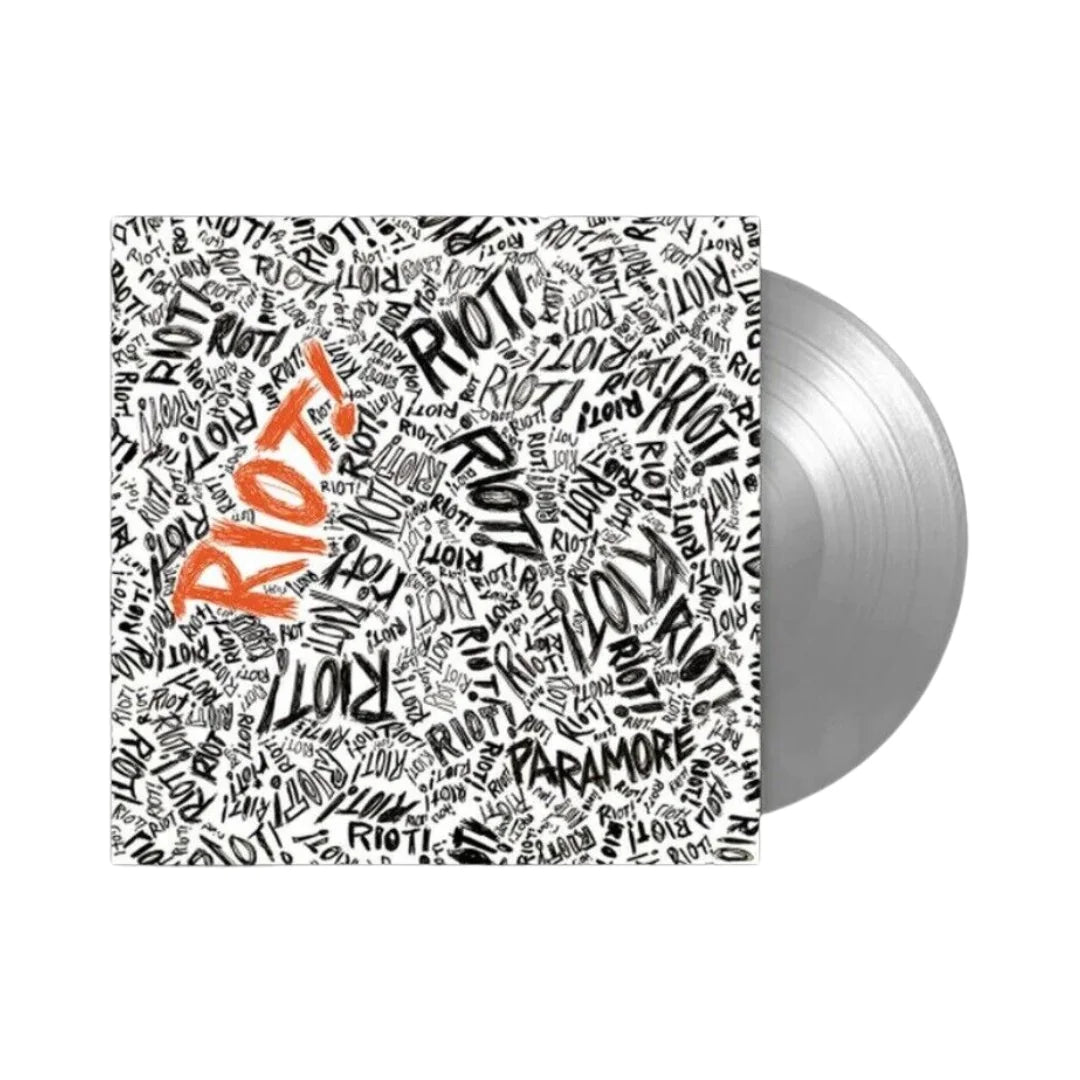



![$Uicideboy$ - Thy Kingdom Come [Clear]](http://vinyl.com/cdn/shop/files/4435583-3407920.jpg?v=1754460746&width=5760)
![(hed) p.e. - New And Improved [Pink]](http://vinyl.com/cdn/shop/files/4425252-3389420.jpg?v=1746578880&width=5760)


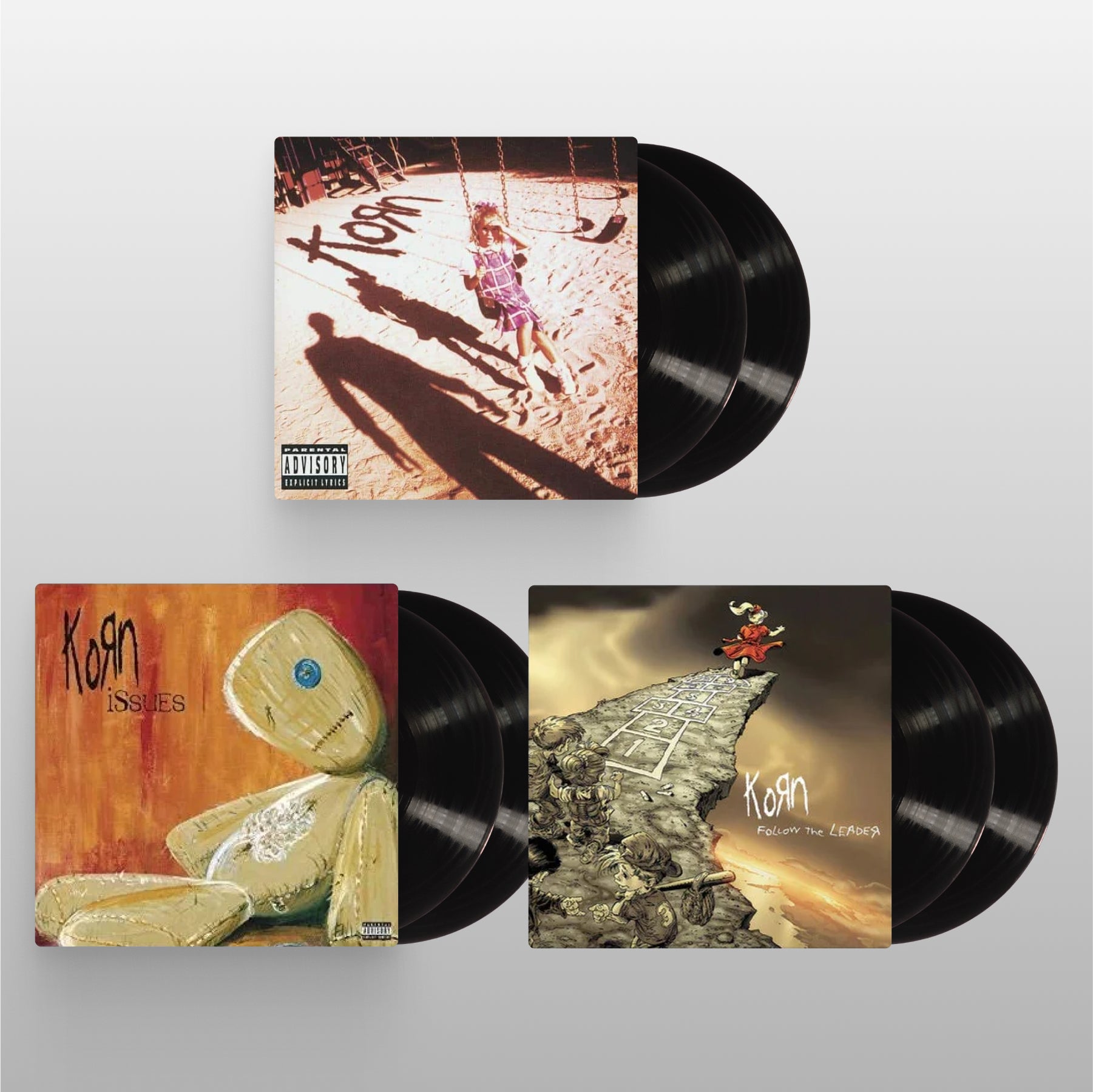

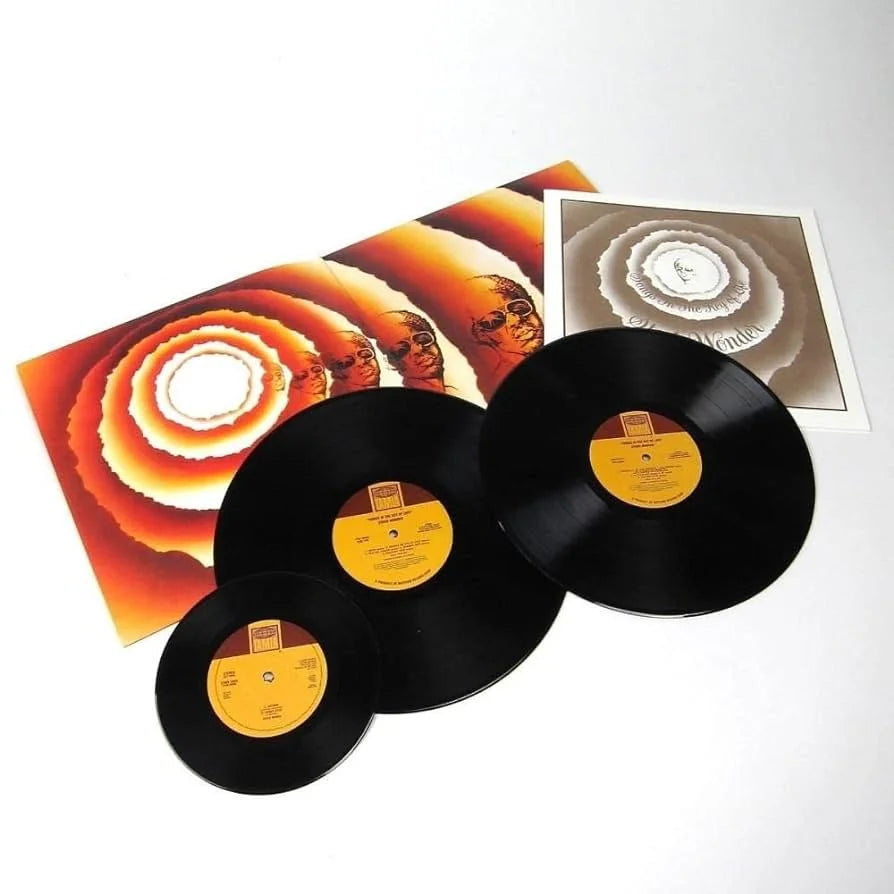
![The Grateful Dead - The Music Never Stopped [6LP Box Set]](http://vinyl.com/cdn/shop/files/The_Grateful_Dead-The_Music_Never_Stopped__6LP_Box_Set.jpg?v=1747729623&width=5760)

![Fleetwood Mac - Fleetwood Mac 1975 To 1987 [Clear 6LP Box Set]](http://vinyl.com/cdn/shop/files/2RHILP81833__61378.jpg?v=1743391443&width=5760)




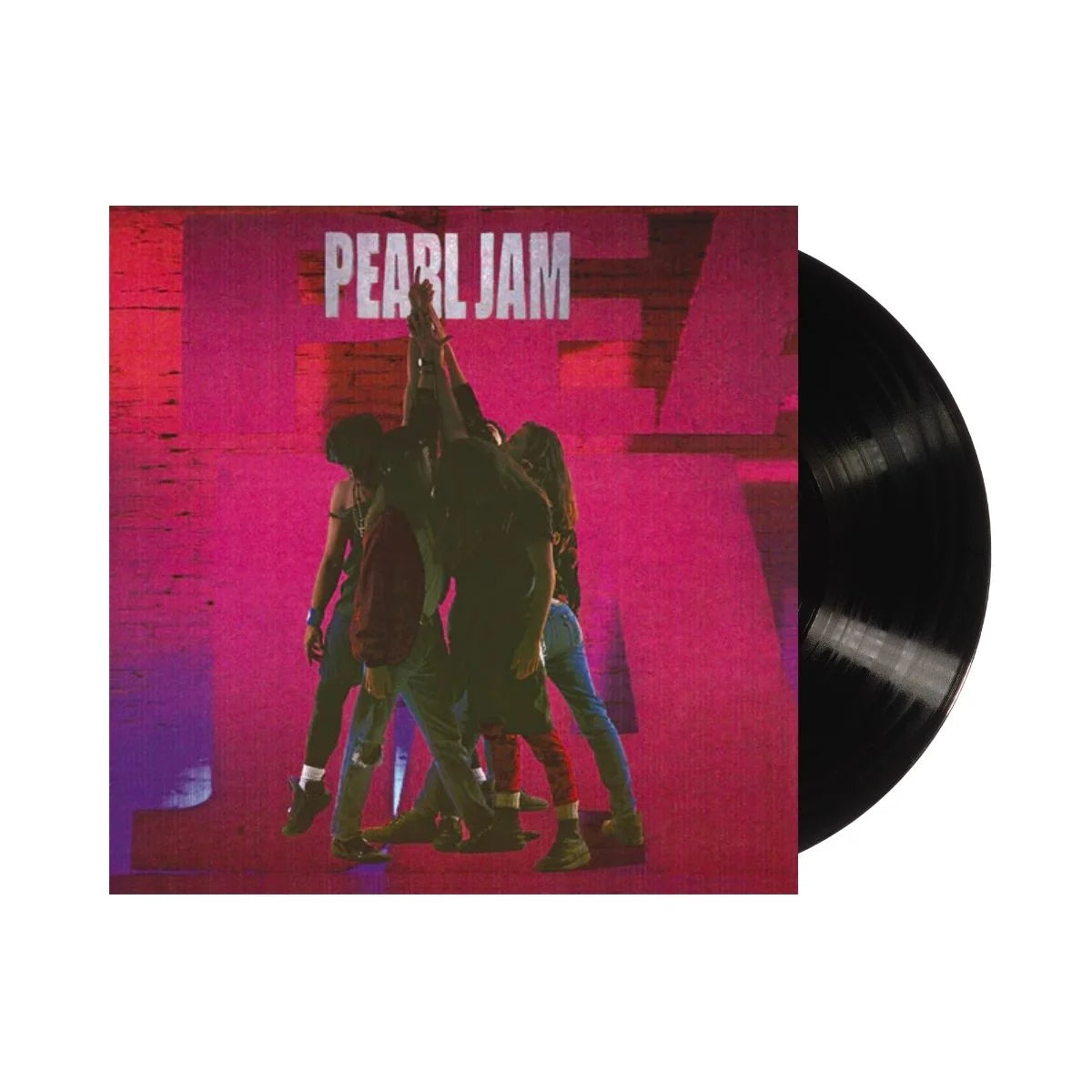
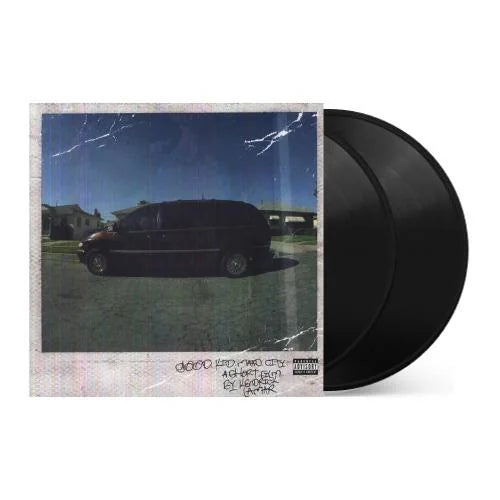
![Taylor Swift - 1989 (Taylor's Version) [2LP Crystal Skies Blue]](http://vinyl.com/cdn/shop/files/taylor_swift_1989_taylors_version.jpg?v=1734389117&width=5760)
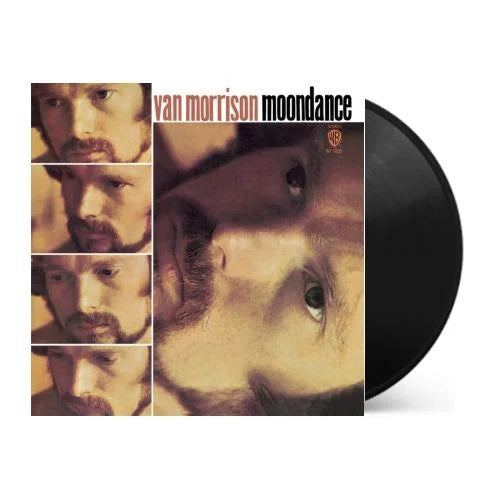

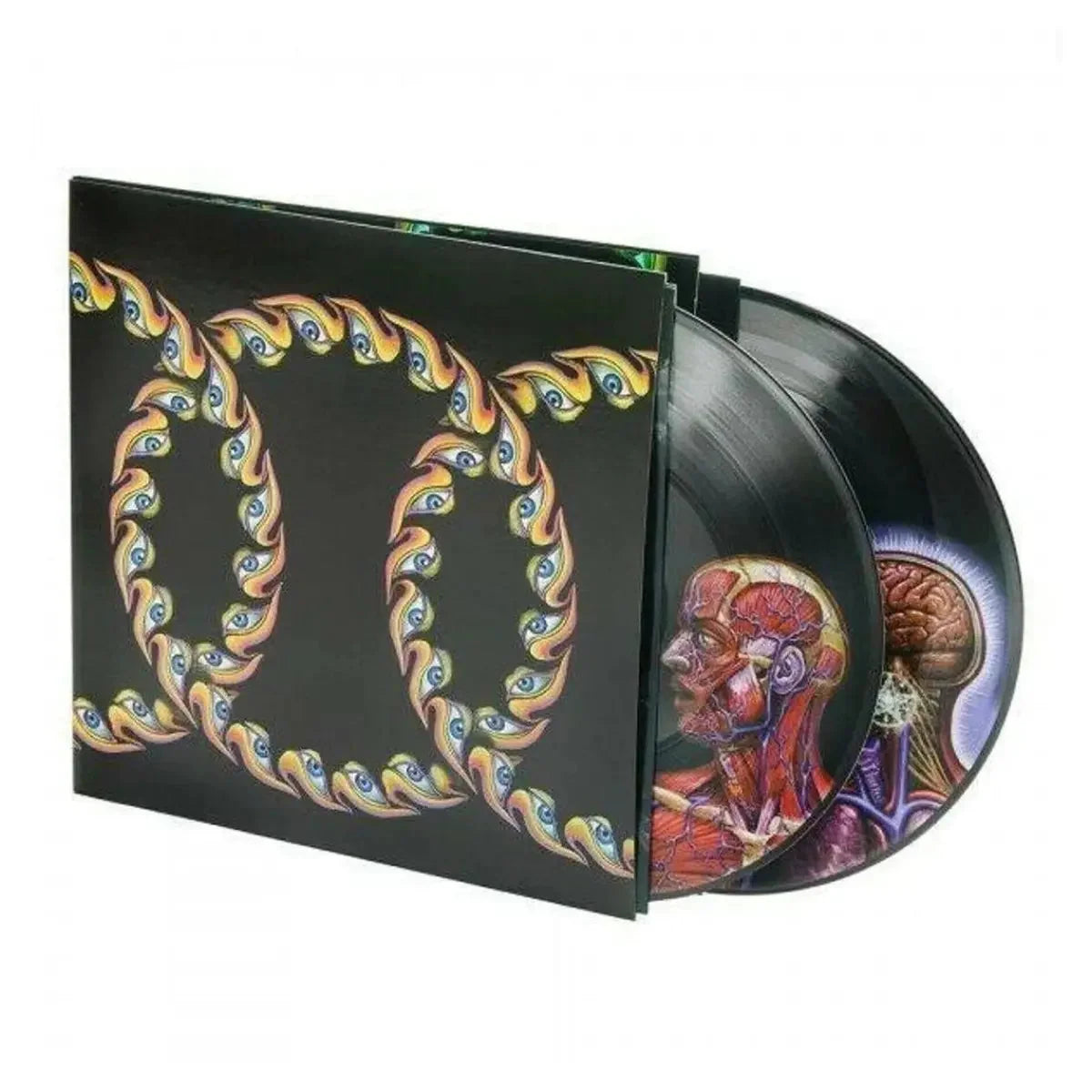
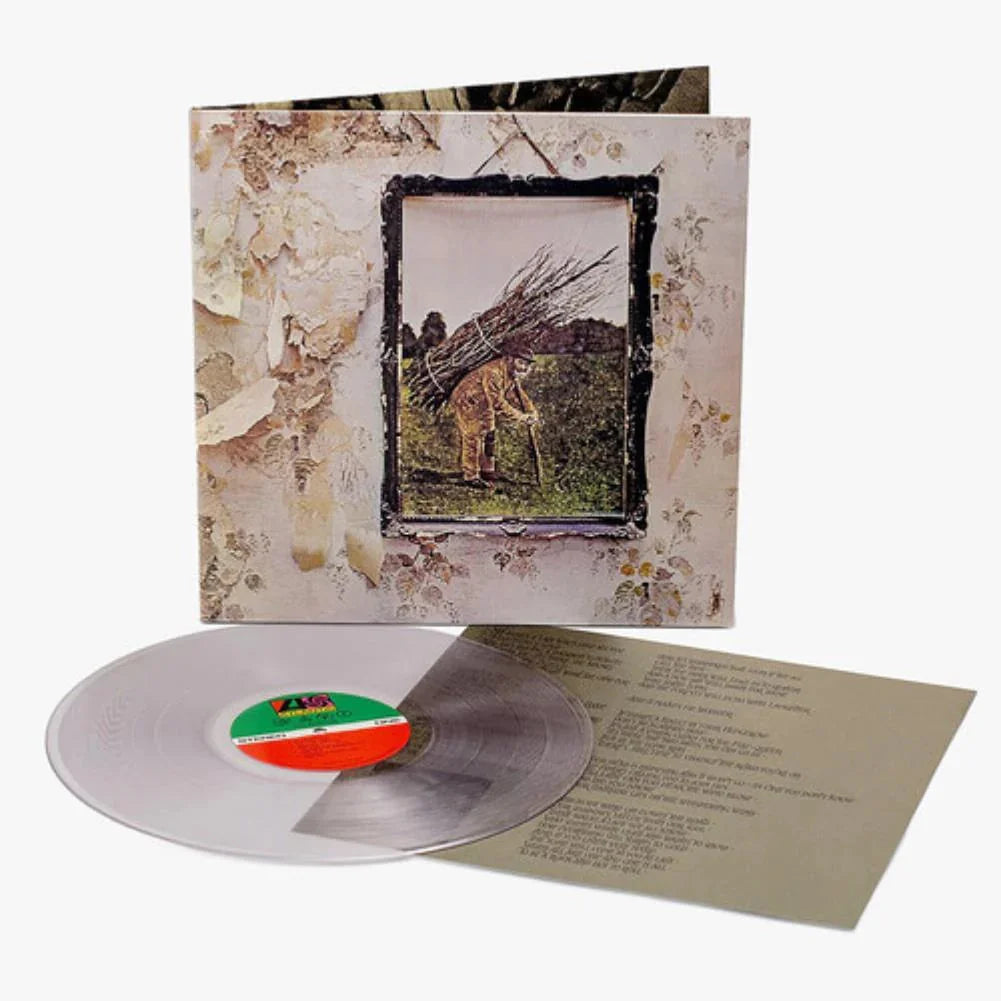
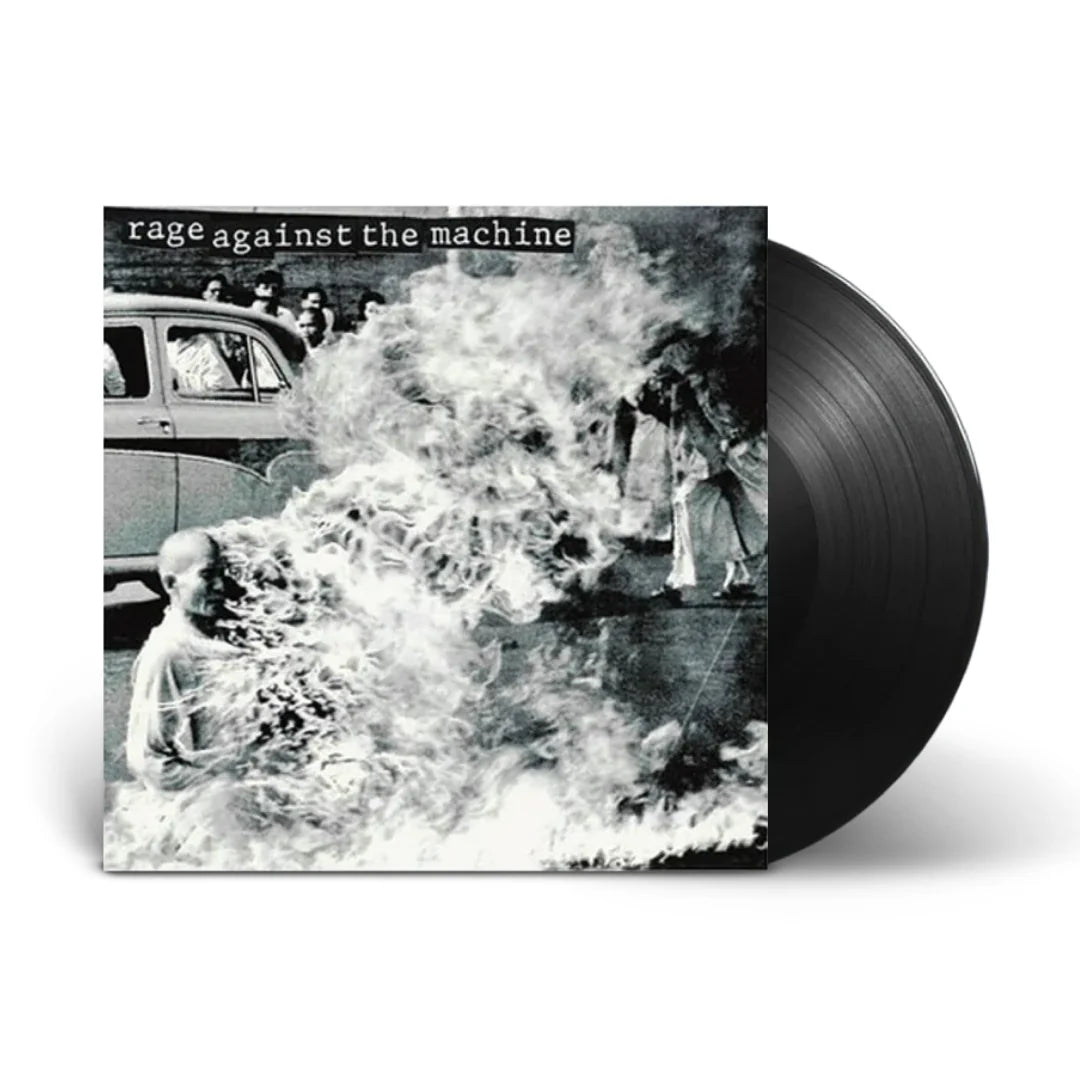
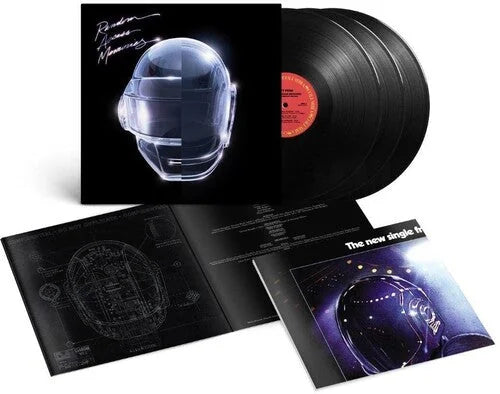
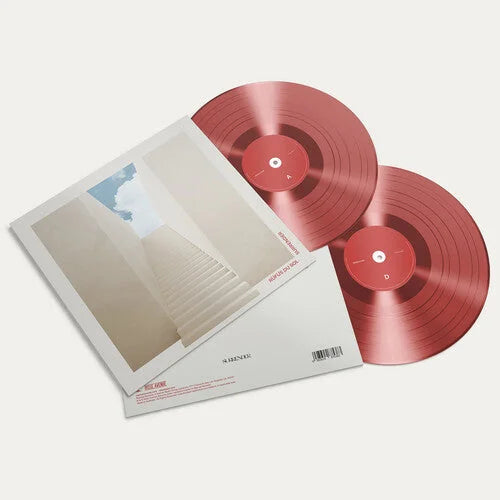


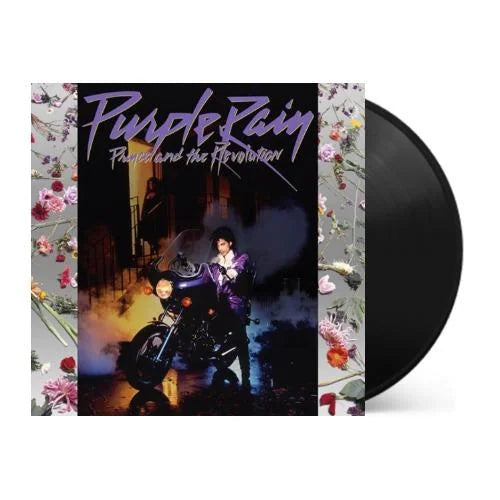



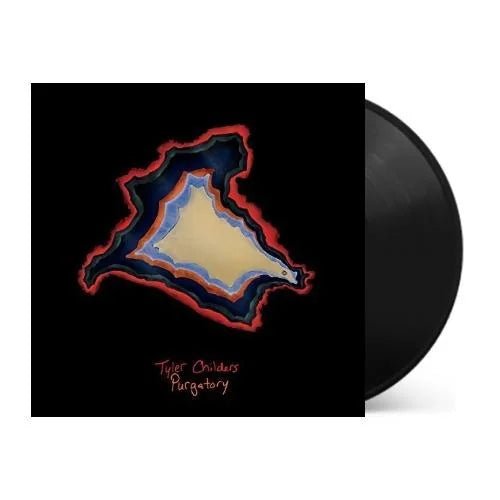
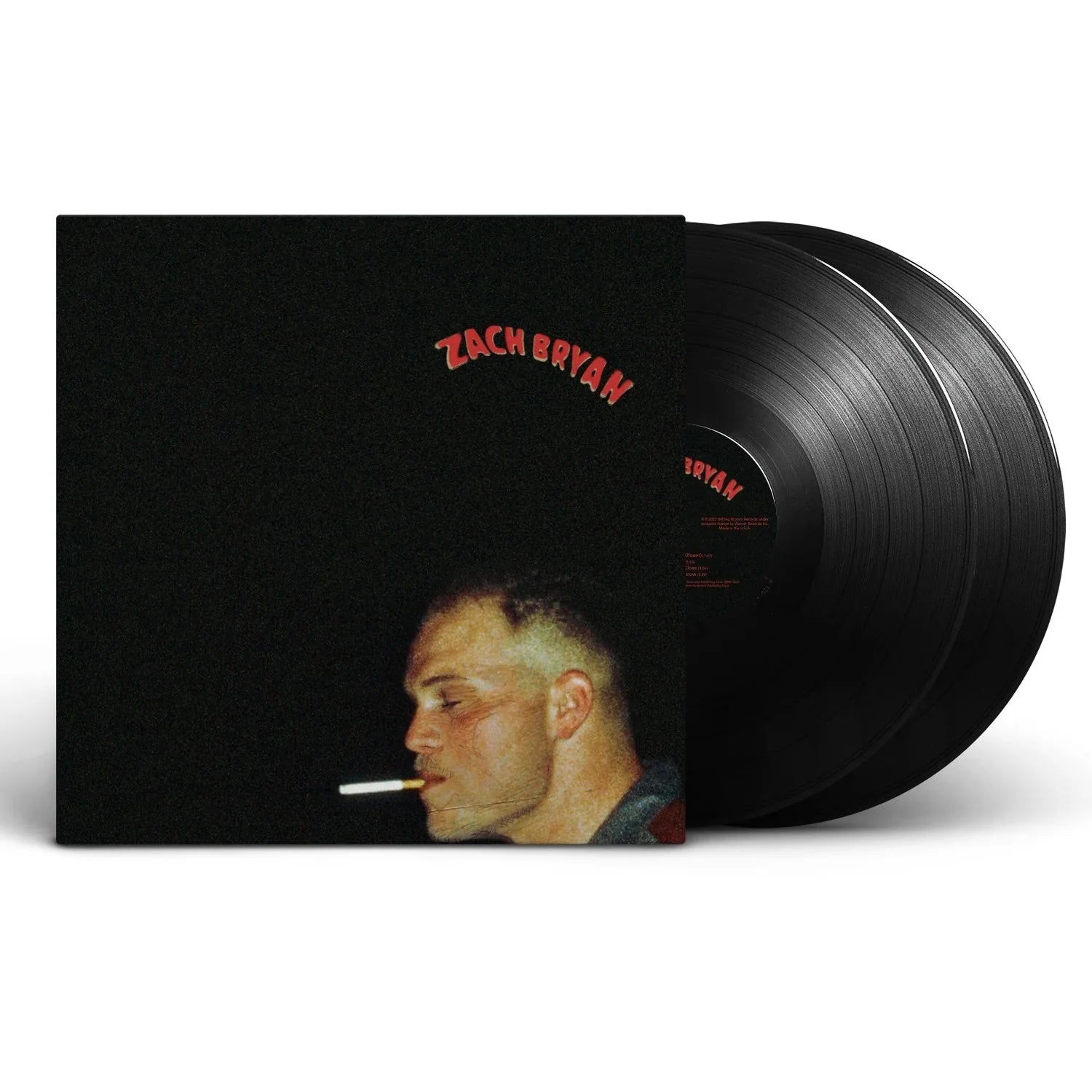

![Donna Summer - I'm A Rainbow: Recovered & Recoloured [Blue 2LP]](http://vinyl.com/cdn/shop/files/4003776-2740932.jpg?v=1684192741&width=5760)

![Miles Davis - Kind of Blue [180-gram]](http://vinyl.com/cdn/shop/files/Y4LPMD03.webp?v=1742198237&width=5760)
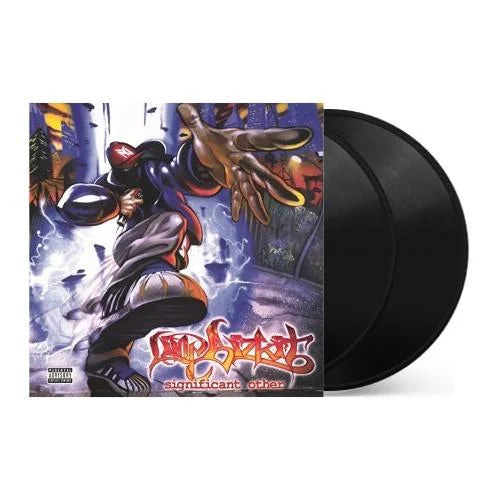
![Various Artists - Once Upon A Time: The Tarantino Sound [Red 180-Gram]](http://vinyl.com/cdn/shop/files/4376720-3283530.jpg?v=1733870948&width=5760)


